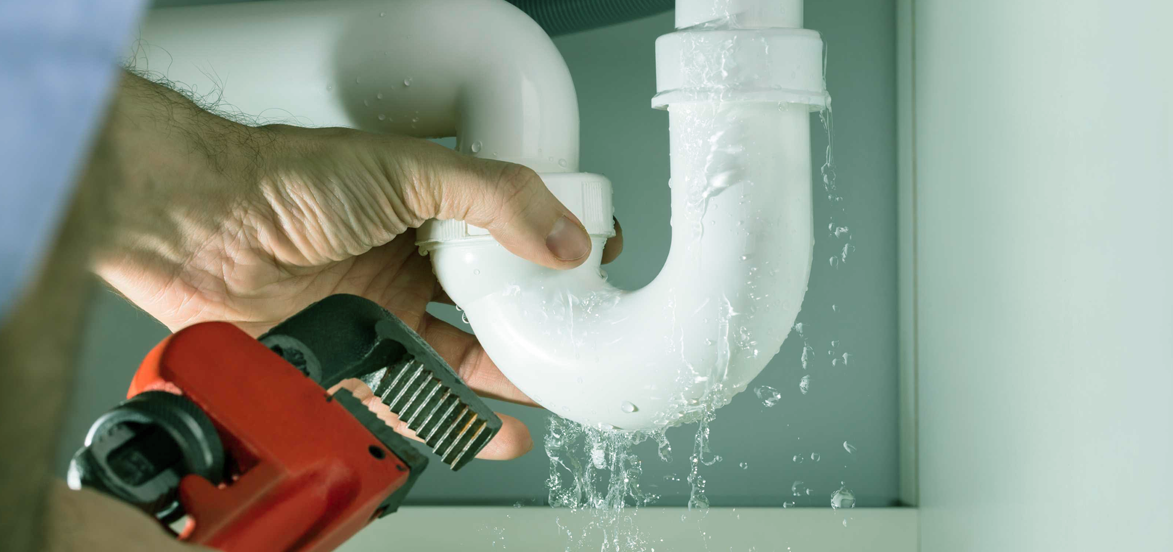Are you currently searching for selective information on Detecting hidden plumbing leaks?

The minute you discover a leak, calling your plumber for repairs is the most effective option. Nevertheless, some tiny water leakages might not show up. If you can not find it with your naked eyes, here are some hacks that aid.
Early detection of leaking water lines can reduce a possible catastrophe. Apart from conserving you money, it will minimize the irritation as well as disappointment.
Check Water Usage
If you detect abrupt modifications, in spite of your consumption being the exact same, it implies that you have leaks in your plumbing system. A sudden spike in your expense shows a fast-moving leakage.
A constant rise every month, also with the same habits, shows you have a slow-moving leak that's also gradually intensifying. Call a plumber to thoroughly check your property, especially if you really feel a cozy area on your flooring with piping beneath.
Check and Analyze the Scenario
House owners ought to make it a habit to examine under the sink counters as well as even inside closets for any type of bad odor or mold and mildew development. These two red flags show a leak so prompt interest is required. Doing regular assessments, even bi-annually, can save you from a significant problem.
Examine the Water Meter
Every house has a water meter. Examining it is a guaranteed way that helps you uncover leakages. For beginners, switch off all the water resources. Make sure no one will flush, make use of the tap, shower, run the washing maker or dishwasher. From there, most likely to the meter and also watch if it will alter. Considering that no one is using it, there ought to be no movements. That suggests a fast-moving leakage if it moves. Also, if you find no changes, wait an hour or two and examine back once again. This indicates you might have a slow leakage that can even be below ground.
Asses Exterior Lines
Do not neglect to check your outside water lines as well. Test spigots by connecting a yard tube. Should water seep out of the connection, you have a loosened rubber gasket. Change this and also guarantee all links are limited. It will help get it skillfully checked out and also maintained yearly if you have actually obtained a sprinkler system. One small leakage can throw away tons of water and surge your water costs.
Do a Food Coloring Test
When it comes to water consumption, 30% comes from commodes. If the shade somehow infiltrates your dish throughout that time without flushing, there's a leakage in between the storage tank and bowl.
Check for discolorations as well as damaging as a lot of home appliances as well as pipelines have a life expectancy. If you presume dripping water lines in your plumbing system, don't wait for it to intensify.
The moment you find a leak, calling your plumber for repair work is the ideal solution. Some tiny water leakages may not be noticeable. Checking it is a surefire way that aids you discover leakages. One small leak can waste bunches of water and also spike your water expense.
If you believe leaking water lines in your plumbing system, don't wait for it to intensify.
How to Know If Your Home Has a Hidden Leak
Water Meter Reveals Inexplicable Water Usage
If you’d like to test whether or not there’s a leak somewhere in your home, you can do this using your water meter. Here is how to conduct the test:
Don’t use any water in your home for at least 30 minutes; this also means not turning on faucets or water-using appliances.
Go outside, and check your water meter for activity.
If your water meter shows that there was activity, even though no one was using any water, this proves that there is a leak in your home.
Visible Mold or Mildew Growth
Leaks behind walls create moist, dark environments that allow mold and mildew to grow and thrive. Eventually, you might see mold growth forming on the wall closest to a hidden leak.
If mold is growing in an area that receives a high amount of moisture, such as a bathroom, it may simply be an indication that better ventilation is needed. However, if you see mold growth on a wall or the ceiling in an area where you would not expect, you probably have a hidden leak.
Musty, Mildew Odor
Sometimes you might not be able to see the mold or mildew that is growing as a result of a leak. However, the smell can give the problem away just as easily. If you catch a whiff of something musty, there’s a good chance that old water is collecting somewhere in your home that you can’t see.
Stained/Warped Walls, Ceilings, or Floors
When your home soaks up water, a variety of red flags can become visible, including ceiling stains, bubbling drywall, warped walls, and sagging floors. While these issues can be caused by excess humidity, they can also be signs that a pipe or plumbing connection has started leaking behind your walls.
Inexplicably High Water Bill
After a while, you get a general sense for what your water bill should be. If you own a pool or sprinkler system, your bill will tend to be higher during summer. However, if you receive a water bill that seems especially high, and you can’t figure out what caused it, then you may have a hidden leak somewhere that’s increasing your bill.
https://www.plumbingjoint.com/blog/2019/july/how-to-know-if-your-home-has-a-hidden-leak/

I found that blog entry about Leaking water lines when scouting around the internet. If you enjoyed our blog posting please remember to share it. We cherish reading our article about Top leak detection hacks.
Ring for results!
Comments on “Six Tested Strategies for Detecting Hidden Water Line Leaks”